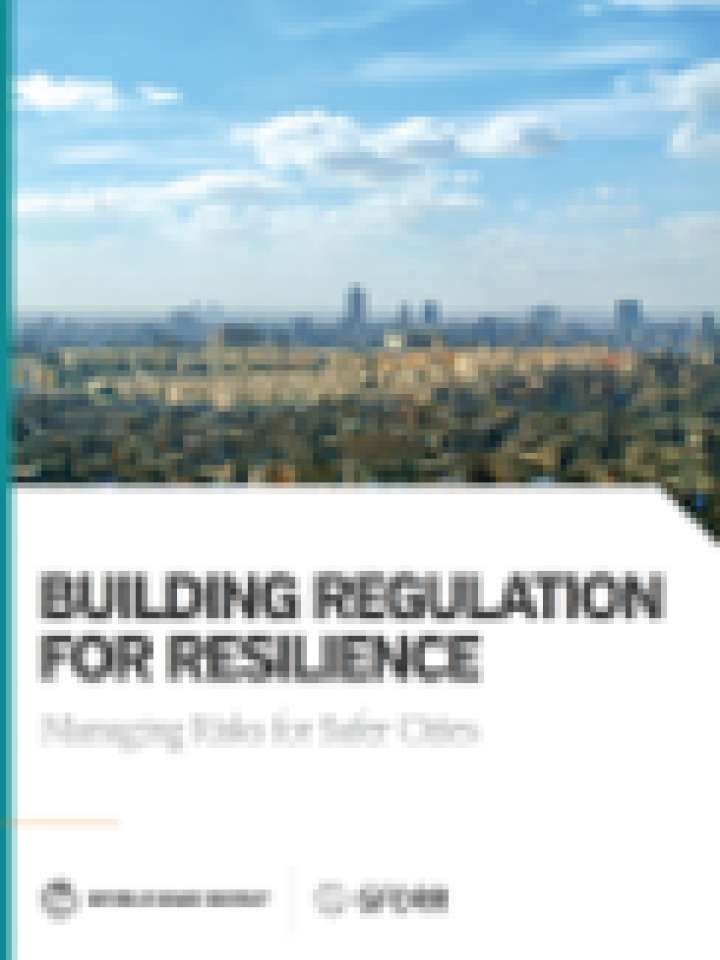Building regulation for resilience: managing risks for safer cities
This report presents key lessons, experiences, and challenges to progress in building regulatory capacity for disaster risk reduction, and includes illuminating case studies of successes and failures. It provides practical recommendations and a review of applicable innovations for a reform agenda. Both of these components are based on a review of factors that have prevented building codes from being an effective tool for disaster and chronic risk reduction in developing countries.
This report is a resource to assist policy makers, governments, private sector and donor entities in leveraging good-practice building code regulation into effective strategies for reducing disaster risk and chronic risk, thereby setting disaster-prone countries on track toward effective reform.
The report recognizes the significant interdependency between land use management and building regulatory issues. However, its focus is on building regulation and code implementation. At the same time, the report highlights how closely land use management relates to effective building code implementation. To move from concept to action, the report outlines a proposed Building Regulation for Resilience Program. This program offers a structure to involve and galvanize a wide range of partners with specific strengths and experiences to build a regulatory process applicable to all types of buildings. The strategic goal of the proposed program is to help reduce human and economic losses by avoiding the creation of new risks and by reducing existing risks in the built environment.
Explore further
